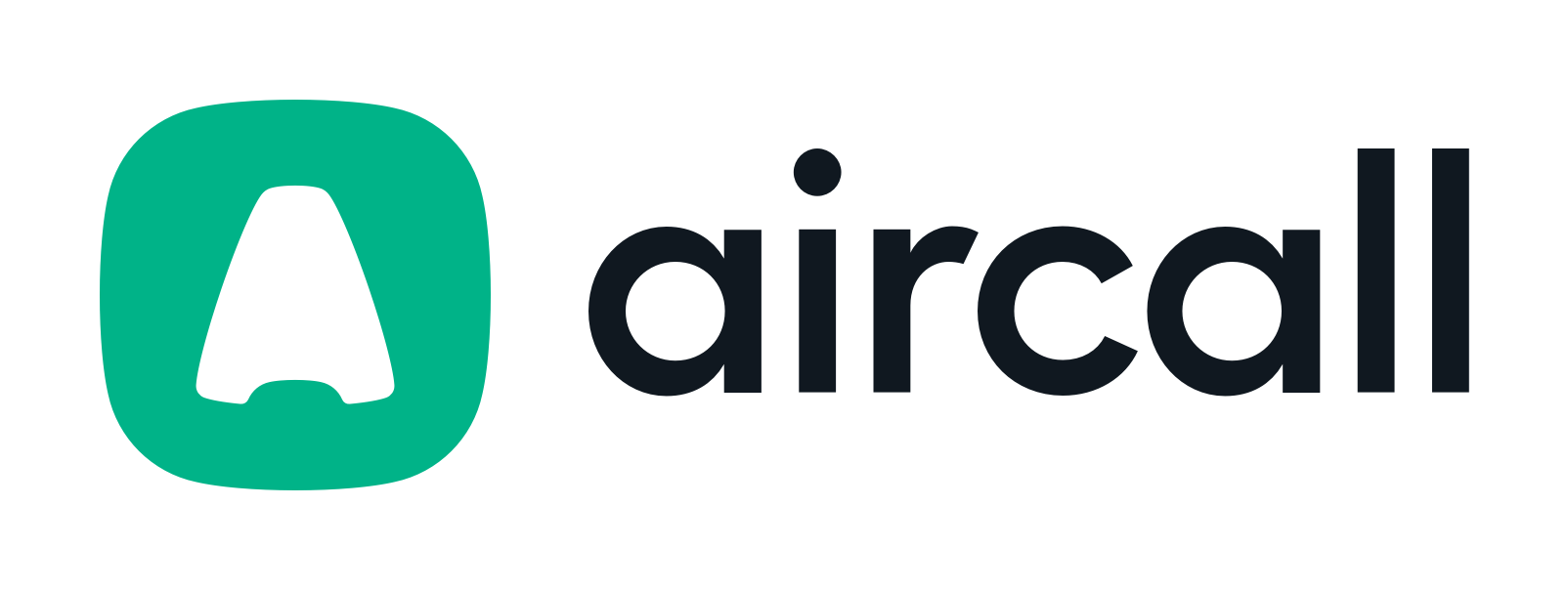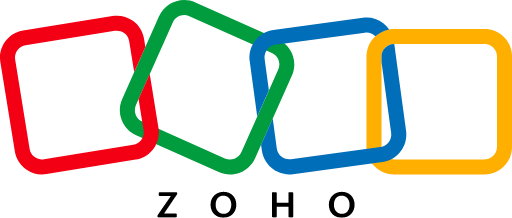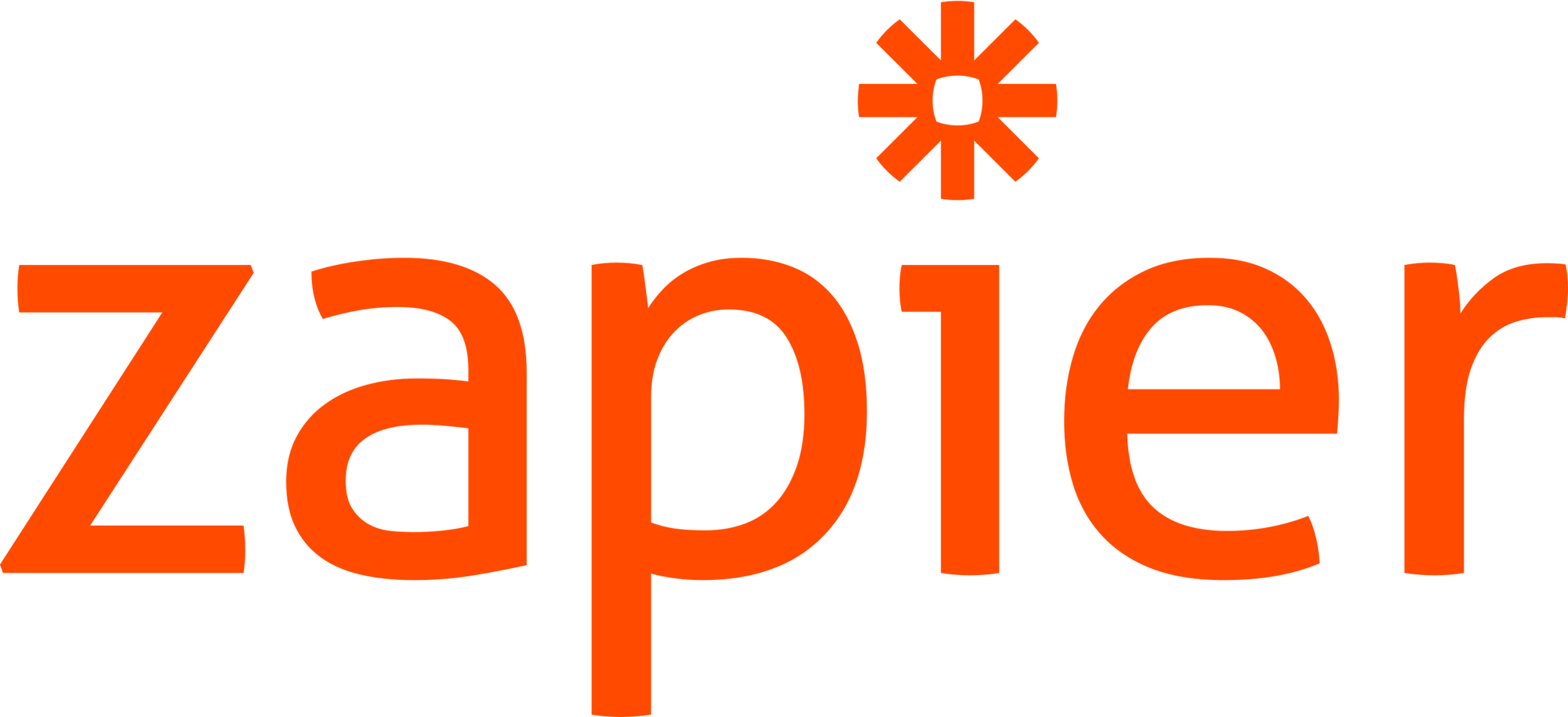![How to Get Phone Numbers From LinkedIn [Step-By-Step]-festured-image](https://6052405.fs1.hubspotusercontent-na1.net/hubfs/6052405/EN_resource-card-how-to-get-phone-numbers-from-linkedin.png)
Sales reps keeping up with buyer behavior are using new strategies to generate leads. 💡
LinkedIn is one way reps can create unique value and offer clients something they can’t get anywhere else. This is all part of a value-based approach, which is crucial for selling today!
So, let’s explore how to generate leads on LinkedIn.
1. Leverage LinkedIn automation
You can save time by using automation on LinkedIn to generate qualified leads.
And not just with accessing contact details. Have you ever thought about automating your LinkedIn outreach?
Some sales prospecting tools (like Kaspr 😉) have workflows built in. This means you can get your contacts list and enrich them without even needing to leave LinkedIn (or Sales Navigator). Once you’ve got your contact details, you can continue outreach through cold calling or email.
/%5BPMM%202%5D%20-%20Boost%20pipeline/LinkedIn%20Chrome%20Extension%20UK%201%20(EN).webp?width=800&height=480&name=LinkedIn%20Chrome%20Extension%20UK%201%20(EN).webp)
Kaspr fits right into your prospecting workflow, so you won’t need to leave LinkedIn to access your contact data. What’s even better? You can give the data a test for free (no credit card is required to sign up). Enter your work email to try Kaspr out. 👇
2. LinkedIn profile optimization
Another must-do is to optimize your profile for your personal brand. No surprises here. 😎
You need to update six key areas of your LinkedIn profile; let’s look at each.
- Your LinkedIn profile picture: This should be a clear, high-quality, and professional photo.
- Your header image: Talk to the brand, design, or social team to see if there are social banners.
- The headline section: Since this is one of the first things people see, keep it short.
- The summary section: This is where you should write a quick bio in the first person.
- The featured section: Highlight your highest-performing LinkedIn posts and company page content.
- The experience section: Include achievements, responsibilities, duties, and projects you’re proud of.
All this good stuff feeds back into your LinkedIn social selling index, so keep your profile current!
3. Engage with your target audience
Next, let’s examine how to increase engagement with your target audience. This should be your ideal customer profile (ICP).
On LinkedIn, you can filter and find them using:
- Lists.
- LinkedIn posts.
- LinkedIn Events.
- A relevant LinkedIn Group.
🔥 Use Sales Nav? Try these to make the best use of it: LinkedIn Sales Navigator tips.
Once you’ve identified who you’d like to target on LinkedIn, start with a connection request. Always with a message attached. You could reference one of your key signals, like if the prospect has started a new job.
Remember, it’s got to be about making genuine connections; you could try something like the example below. 👇

Focus on personalized engagement by liking and supporting posts on the prospect’s LinkedIn profile. Ask an insight question, give authentic feedback, or provide support where appropriate.
Here are some ideas for what to do in different content post situations:
💡 Provide a genuine compliment: Acknowledge something positive about the post or the content. It shows you’re interested in what they’ve posted.
Example: “Great insights! I like how you break down X concept into easy-to-understand points.”
💡 Ask a thoughtful question: Engage the prospect by asking a question related to their post. This shows your interest in their current approaches.
Example: “I found your perspective on [topic] interesting. How do you think [recent development] will impact [industry]?”
💡 Share relevant experiences or insights: If you have relevant experiences or insights related to the post, share them. This helps show your credibility and builds trust.
Example: “I faced a similar challenge in my previous role and found that implementing [strategy] overcame it. Have you considered exploring that approach?”
💡 Offer more resources or suggestions: If you have resources or suggestions that complement the prospect’s post, share them. This provides value that they might not get anywhere else.
Example: “Thanks for sharing these tips! I recently came across an article that expands on [point mentioned]. It might be of interest to you: [link].”
4. Create your own content
It’s time to start creating your own quality content! Building a personal brand on LinkedIn makes you stand out from a list of connection requests. So what should you talk about? Well, here are a few ideas. 👇
- Topics that align with your expertize. Focus on topics that align with your professional expertize, skills, and industry knowledge. This means you’re always posting high-value content that speaks to your ICP.
- Solve common challenges. As a rep, you’re out speaking with potential customers all day, every day. There are likely to be pain points and common challenges you can use to talk about in your LinkedIn content.
- Show yourself as a thought leader. You can share industry trends and take opportunities like going on podcasts.
Starting out can feel daunting, but consistency is always king. It’s important to get into a routine. Play around with different posting times and see when you get the most engagement.
Here are a few post ideas:
- An introductory post of who you are.
- An honest and authentic “this is my first post” post.
- Asking thoughtful questions.
- Sharing a method you tried and what you learned at the end.
- An “unpopular opinion” post.
5. Set KPIs and a daily game plan
Finally, set specific KPIs and make a game plan to use daily.
For example, aim to send several connection requests daily or leave five meaningful comments on your prospects’ posts. A KPI you may have is how many comments or reactions you’d like to receive on your next post. Here’s an example of what your game plan might look like. 👇
Morning Routine:
- Review notifications. Start your day by checking your LinkedIn notifications. Respond to messages, connection requests, and comments on your posts.
- Engage with connections. Spend a few minutes engaging with your connections’ posts. Comment on their content if it’s relevant.
- Explore relevant content. Look for industry-related content, articles, or news shared by others. It might spark some ideas to add to your content schedule.
Midday routine:
- Share valuable content. Time to pick out a post idea from your deck. Try posting at different times to see what works best for you.
- Respond to comments. Check the comments on your posts and respond to all of them.
- Explore and connect. Spend time expanding your professional network. Don’t forget to personalize your connection request!
Afternoon Routine:
- Reach out to prospects already on your radar. These could be from your digital inventory of people you’ve worked with.
- Review and respond to messages. Get into the routine of replying to your messages so everything gets noticed.
- Reflect and plan. Reflect on your LinkedIn activities for the day. Assess what worked well and what needs to be improved.
6. Join LinkedIn Groups your clients are in
LinkedIn has a lot of great networking tools in-platform. Just like a lot of social media tools, there are spaces for people who share similar interests.
In LinkedIn Groups, you can post relevant updates to start a discussion. Keep it value-based rather than just talking about your products/services. This way, any prospects in the group will start to recognize you as a subject matter expert (SME) for their pain points and challenges.
Existing in a LinkedIn Group also helps SDRs learn about new pain points for their ICP. This means reps can be hyper-personalized when reaching out to specific target accounts.
7. Use your connections with current customers
Social proof is a powerful thing. If you’ve pre-existing relationships with clients, you can ask for referrals, references, and re-shares of case studies on their personal LinkedIn profiles!
Using your existing relationships can also help bring in new business through warm outreach. You could ask for an intro to a new prospect. This type of outreach is typically seen as less spammy, and you’ll come in with bags of credibility due to your prospect’s relationship with the existing client.
8. Generate leads from posts and events
Another way to leverage LinkedIn as a lead generation platform is to closely monitor content posted and events attended by your ICP. You’ll be able to add value to discussions in the comment section.
You can also use the Kapsr LinkedIn Chrome Extension to extract contact details directly from LinkedIn for outreach. This means you’ll get immediate access to the phone numbers and email addresses of lists of people who fit your ICP and are talking about relevant pain points.
👉 Check out this list of LinkedIn lead-generation tools.
9. Use Sales Navigator’s advanced filters
If you’re a rep, you might be lucky enough to have access to Sales Navigator’s advanced filters. Use them to your advantage! The variety might be overwhelming, so Morgan J Ingram, x4 Top LinkedIn Sales Voice, has highlighted the most essential filters for you below. 👇
/LinkedIn%20Sales%20Navigator%20tips/EN_linkedin-sales-navigator-lead-list.webp?width=700&height=999&name=EN_linkedin-sales-navigator-lead-list.webp)
These are guaranteed to save you time when finding leads on LinkedIn. So you can get back to what’s most important - calling the prospect! 📞
10. Use lead recommendations
Another suggestion for you Sales Nav users. The lead recommendations part of Sales Navigator surfaces leads based on activity and buyer intent signals. That means more people to add to your list (yay!).
There are a few places you can find lead recommendations in Sales Nav:
- Account details: Click on the people tab and then scroll down to the relationship map section to view lead recommendations for specific accounts.
- Lead profile pages: When you select a lead, you’ll see a list of the lead recommendations at the same organization in the right pane.
- A system-generated lead list: You can ask Sales Nav to auto-generate a list of up to 100 prospects. This one is based on your past activity, and buyer intent signals.
Prospecting on LinkedIn (step-by-step)
Time to roll up your sleeves. Follow this step-by-step guide to prospect on LinkedIn. 🤙
Know how to filter your lists
First, you’ll want to filter your ideal target audience.
Here are the key filters you should use:
- Past company.
- Current job title.
- Seniority level.
- Industry.
- Mutual connections.
A free individual LinkedIn profile has a monthly search limit of 1,000 profiles. That’s 100 pages of 10 results.
Upgrading to one of LinkedIn’s premium plans is the only way to overcome this limitation. But, if you can refine your searches using filtering, you can ensure that only relevant people appear.
If you’re using Sales Navigator, you get unlimited searches. Plus, you can save your searches, up to 10,000 leads and 50 free InMail messages per month.
Consider saving these three types of searches:
- People who have changed jobs in the last 90 days.
- Previous company name.
- Viewed your profile within the last 90 days.
LinkedIn will notify you of anyone who has entered this saved search since you checked.

Key signals to look out for
Still trying to figure out what signals to look out for? 👀
You need to look out for intent signals as part of your lead generation efforts. This data helps indicate potential interest or readiness to buy.
Important signals include:
- Profile activity. Look for recent profile updates, like new skills, experiences, or accomplishments.
- Someone starting a new role. This is a big one. If someone’s started a new job, they’ll be looking to make an impact once they get their feet under the table. Stay in contact with people you’ve closed deals with before.
- Viewing your profile and engaging with your content. This shows that what you’re posting is resonating.
- Previous companies. When buying software, people are likely to suggest what they used at previous companies.
- If the company has got funding. A clear indicator that they might be open to buying a new solution.
Knowing what signals to watch for will help you organize your approach and take ownership of your prospecting pipeline.
Building LinkedIn into your cadence
Adding LinkedIn to your cadence is what takes it to the next level. 📈
Try a connection request before making a phone call or sending an email. If it’s still crickets, head to LinkedIn and use the voice notes and video capabilities.
This forms part of your multi-touch approach and helps you understand which channel the prospect is most receptive to. It also keeps you top-of-mind.
Here are some tips from Morgan J Ingram. 🎬
LinkedIn messaging templates
Generic messages are a no-go for LinkedIn outreach. Let’s look at what not to do and what you should do instead.
What not to include in a LinkedIn message
For starters, here’s an example of what not to do in your InMail content. 👇

This message has some tried-and-true elements you’ll want to avoid:
- A boring opener that doesn’t stand out.
- The message is written in one big, clunky paragraph.
- It’s filled with buzzwords with no value or information.
- It starts off with ‘we’, meaning the prospect isn’t the focus.
- It’s product-focused and doesn’t foster a relationship.
- It’s asking for a long time commitment.
- It doesn’t tell the prospect what pain point they can solve.
Started a new role message
Now that you know what to avoid, let’s look at a personalized message that could be a great opener when someone has just started a new role. 👇

You’ll see here that the message is short, light, and genuine. It’s not asking for anything. A great way to get your name in front of the prospect at a pivotal moment.
Digging for info message
Another great message to consider digs for some information. 👇

Here, the rep introduces themselves and points out a similarity between them. Then, they ask a simple question to start the conversation.
Closing thoughts
LinkedIn is a must-use tool for generating leads. It’s also crucial for value-based selling and positions sales as a channel offering something others don’t. Key takeaways for how to generate leads on LinkedIn:
- Use automation tools. Like Kaspr’s Chrome Extension on your profile and LinkedIn Sales Navigator.
- Optimize your LinkedIn profile. It helps make an excellent first impression and builds towards your social selling index score.
- Engage with your ICP. But keep it natural and never forced. Remember, your LinkedIn outreach should pique interest.
- Create your own quality content. Stick to topics that interest your target audience, solve common challenges and position yourself as a thought leader.
- Set KPIs and establish a daily plan for your own content. You’ll be able to see what’s working.
- Never send a generic, cookie-cutter message. Remember, spray and pray is dead, so always personalize messages.
Use Kaspr to generate leads on LinkedIn
Get direct contact details with Kaspr to continue your outreach off LinkedIn. Kaspr has a large database of European contacts with accurate phone numbers and email addresses that are GDPR-aligned. What's more, you can try the data for free with no strings attached.
Sign up and start selling all on the same day. 👇
Accurate European contact data
Get accurate data for your prospects and connect with your favorite sales tool








